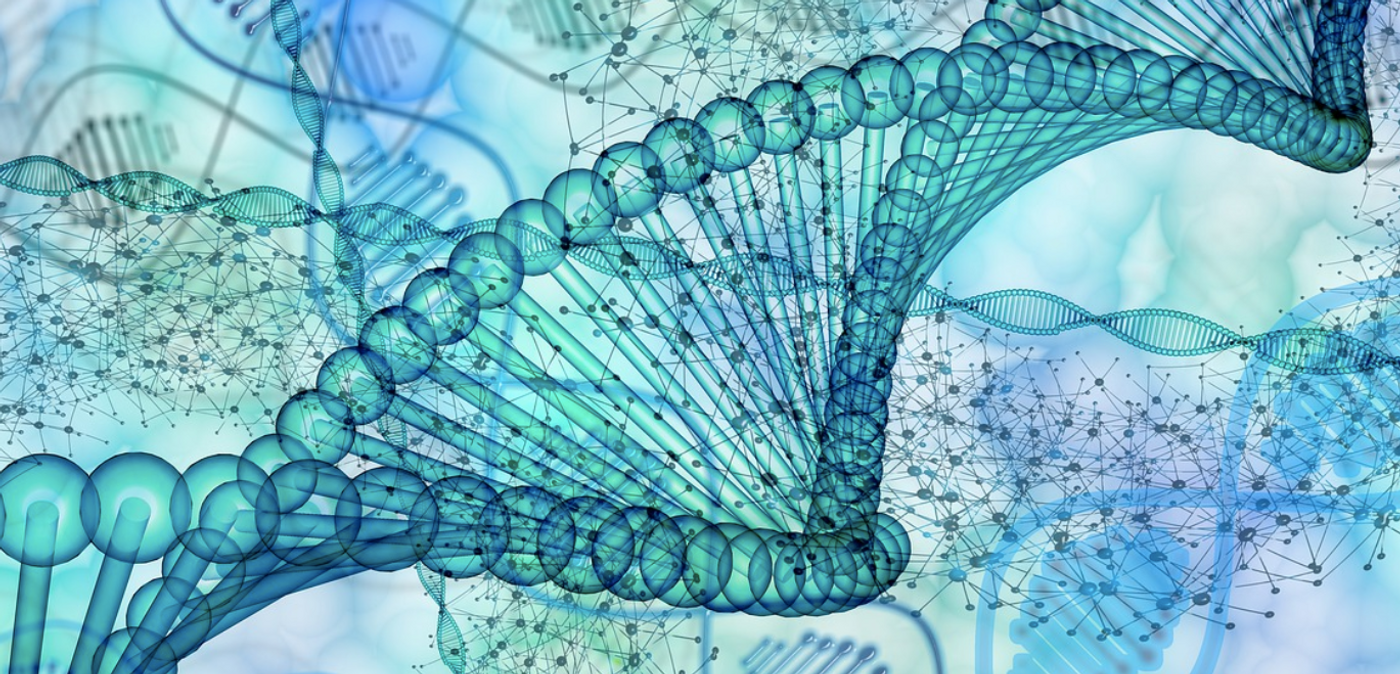Revealing the Genome Carried by the Common Ancestor to all Mammals
Every mammal that is found on our planet is descended from one common ancestor, thought to have lived around 180 million years ago. Although there is a lot we do not yet know about this animal, researchers have now reconstructed its genome using computational tools. The findings have been reported in the Proceedings of the National Academy of Sciences.
"Our results have important implications for understanding the evolution of mammals and for conservation efforts," noted senior study author Harris Lewin, distinguished professor of evolution and ecology at the University of California, Davis.
For this work, the investigators utilized genomic sequences that represent 23 of the 26 orders of mammals that we now know of, using whole genomes from 32 species including humans, chimps, cattle, rhinos, wombats, rabbits, bats, and pangolins. For a comparison group, chicken and Chinese alligator genomes were also analyzed.
In their reconstruction, the researchers found that the ancestor of all mammals carried 19 autosomal chromosomes, found in pairs in most cells for a total of 38 autosomal, plus two sex chromosomes. In these chromosomes were 1,215 regions of genes that were consistently present on the same chromosome and in the same order in every one of the 32 different species' genomes that were analyzed.
These regions carry genes that are crucial to the development of normal embryos, noted first study author Joana Damas, a postdoctoral researcher at the UC Davis Genome Center.
The mammalian ancestor also had nine whole chromosomes or fragments of chromosomes that were passed down in the same order to modern birds; the DNA was conserved that way for an astonishing period of time.
"This remarkable finding shows the evolutionary stability of the order and orientation of genes on chromosomes over an extended evolutionary timeframe of more than 320 million years," Lewin said.
The genomic regions in between the conserved areas were quite different, however. There is a lot more repetition in the sequence in those areas, making it far more prone to duplications, rearrangements, and breaks, which can have a significant impact on evolution.
This study also enabled the researchers to track the ancestral chromosomes as they moved down through the generations, away from the common ancestor and into the future. The rate of chromosome rearrangement was found to differ between mammalian lineages. The lineage leading to sheep, deer, and modern cattle, for example, experienced a dramatic rearrangement about 66 million years ago, when an asteroid hit the planet, killed off dinosaurs, and precipitated the rise of mammals.
This work will help scientists learn more about the evolutionary adaptations and genetic changes that helped mammals thrive on this planet.
Sources: University of California - Davis, Proceedings of the National Academy of Sciences









